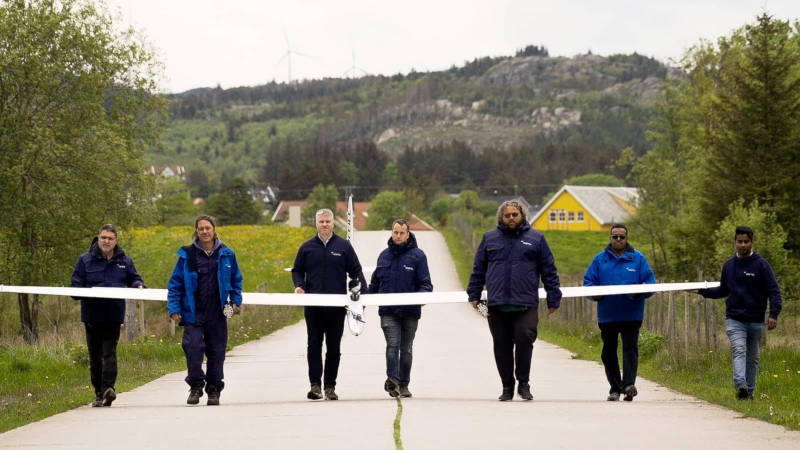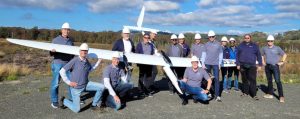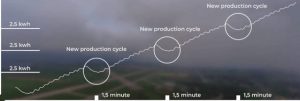
“Together with smaller investors and a tax relief grant, the combined package will cover the majority of planned activity for 2024,” according to the company.
The company’s technology generates power using a tethered glider, which initially launches itself using a small motor-driven propeller.

Flying certain patterns allows the aircraft to maximise the energy generated during pulling, and the system spends 90% of its time generating power and 10% rewinding the tether, according to the company.

“With this influx of resources, we aim to expedite the development of our current model, KM1, and the forthcoming KM2 [top photos]. These models represent significant advancements in harnessing high-altitude wind,” said Kitemill CEO Thomas Hårklau. “The investment also reinforces Kitemill’s Dutch connection – this includes the former e-Kite team now working under our banner, a mix of Dutch shareholders, and the involvement of Technical University Delft.”
In development for more than two years, KM2 has a 16m wingspan and can generate 100kW over an average cycle, according to the company, which said: “Harvestable high-altitude wind power is around four times stronger than ground level resources”, and that its approach “allows for continuous adjustment of harvesting altitude seeking the best available wind resource”.
It also claims that constructing a Kitemill takes a tenth of the materials needed to make a wind turbine.
This page includes a technical Kitemill video






